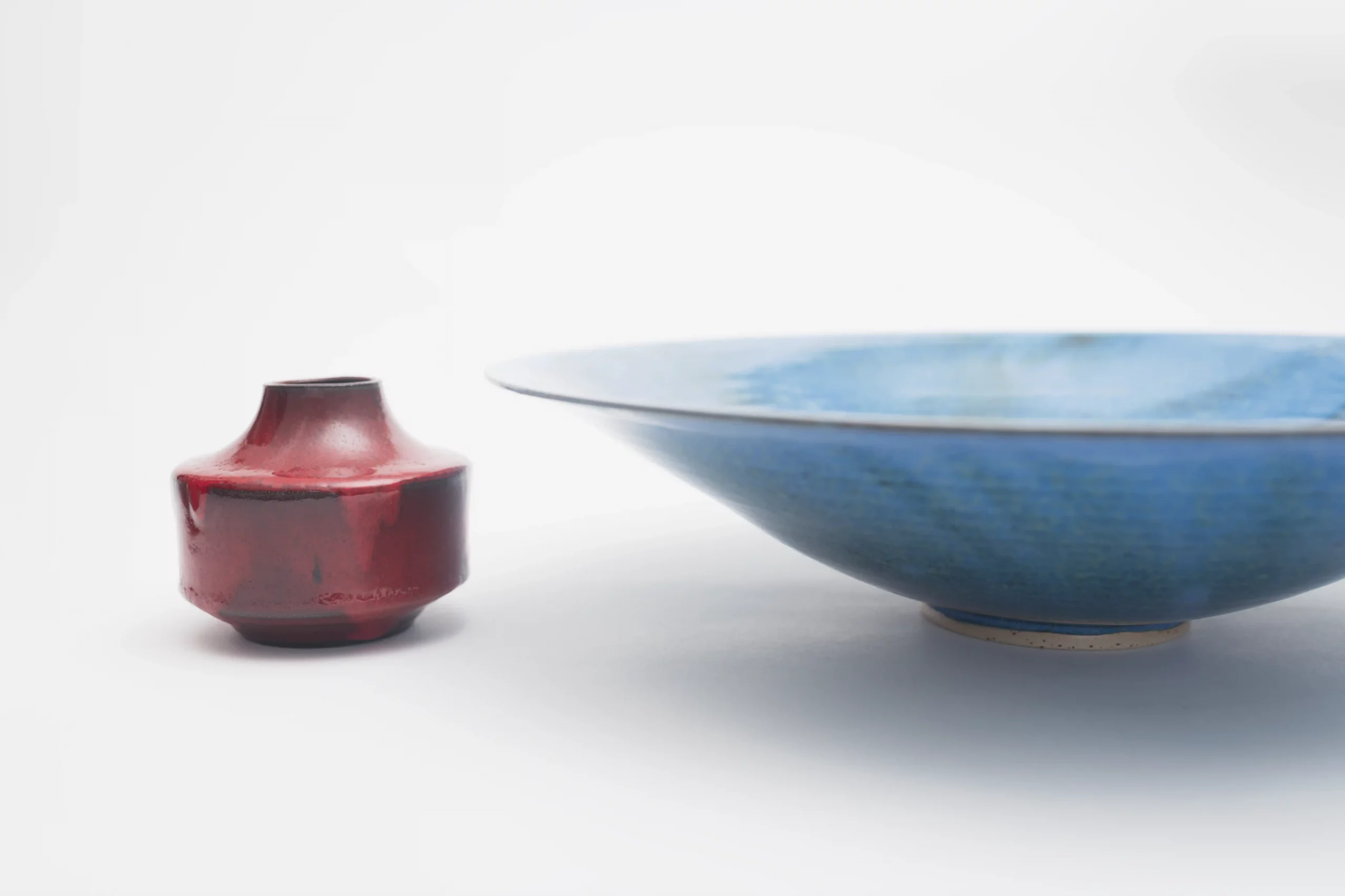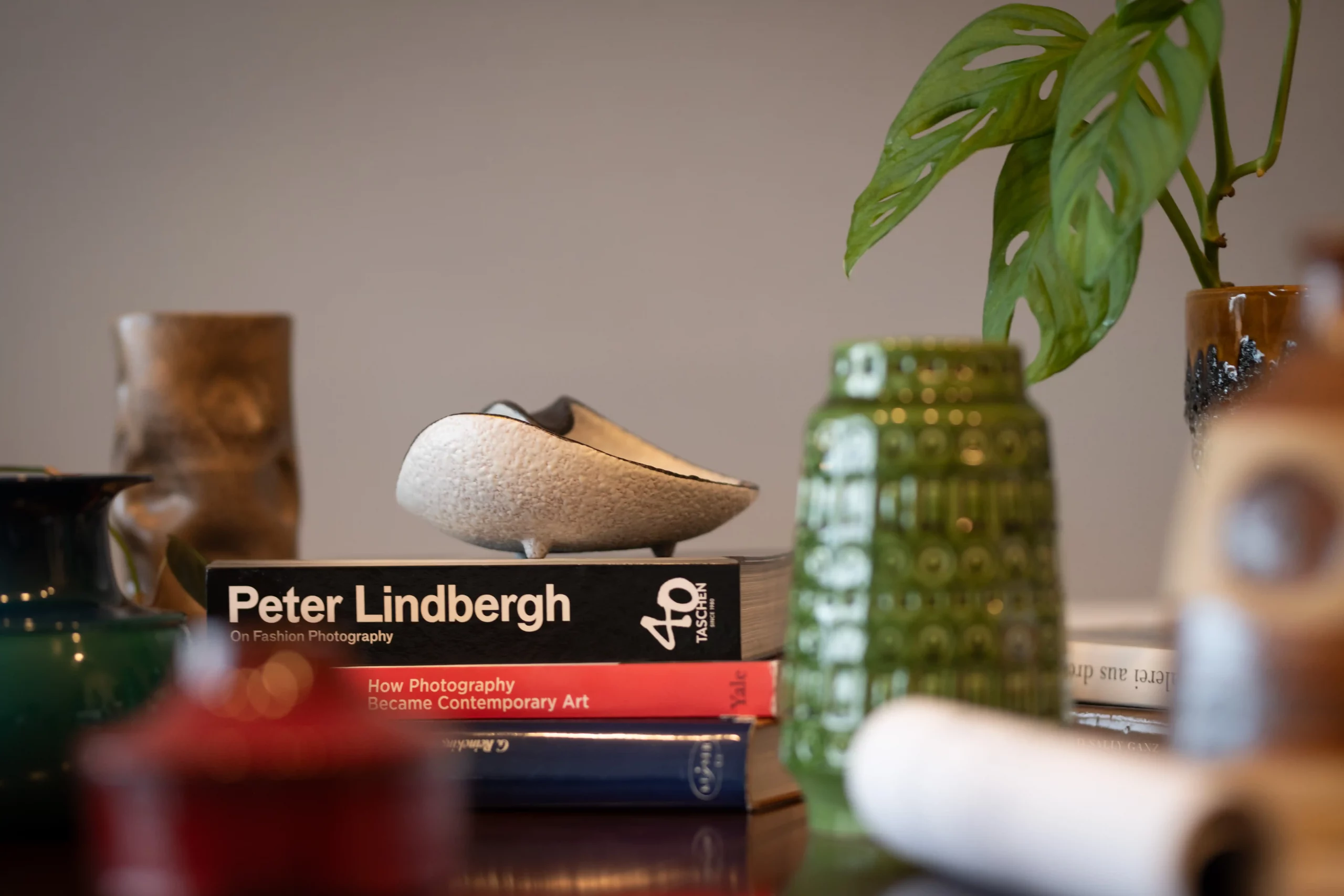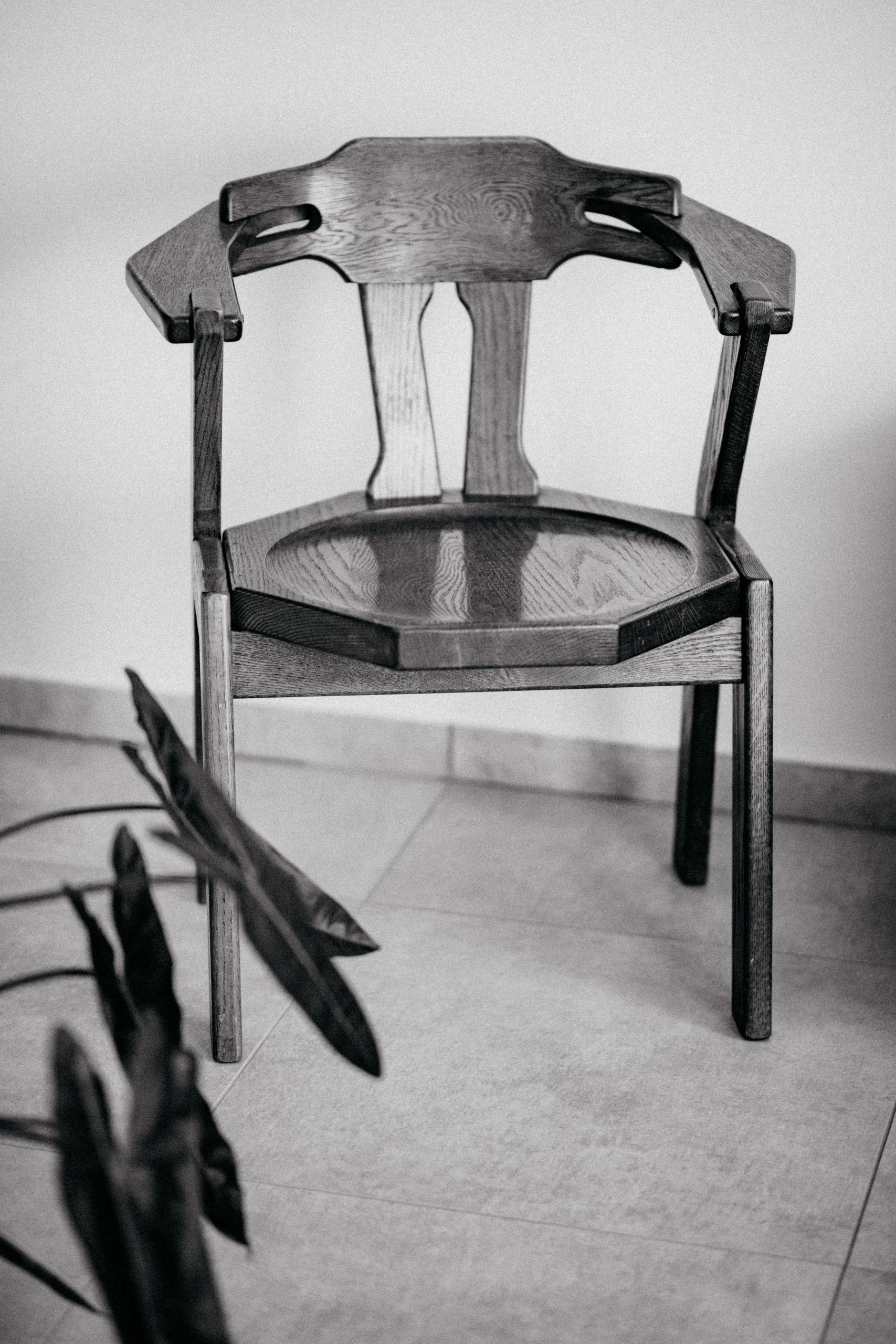Introduction
There’s a quiet revolution happening in homes, galleries, and design studios around the world: studio ceramics are back at the center of attention. For decades, they lived in the margins of art and design, considered too humble to compete with architecture or painting, too functional to be fine art. But today, their handmade quality, tactility, and presence are being rediscovered. In a world dominated by mass production and digital culture, people are longing for objects with soul — and ceramics provide exactly that.
A Brief History of Studio Ceramics
The roots of studio ceramics lie in the early 20th-century craft movements. Influenced by the Arts and Crafts ideals of William Morris and later by the Bauhaus, studio potters rejected the anonymity of industrial manufacturing. Instead, they emphasized the individual maker’s touch.
In Japan, the Mingei movement celebrated everyday craft traditions and influenced European and American ceramists. In the UK, Bernard Leach and Shoji Hamada laid the groundwork for studio pottery as a discipline that blended East and West. By the 1950s and 60s, studio ceramics gained traction as both utilitarian and sculptural, bridging design and art.
Handmade vs. Industrial: What Makes the Difference?
Industrial ceramics — tiles, plates, cups — are made to be uniform. Precision, affordability, and efficiency are the goals. Studio ceramics, in contrast, celebrate irregularity. The curve of a hand-thrown bowl, the unpredictable drip of a glaze, or the texture of a clay body tell the story of time, process, and the maker’s personality.
In design terms, this difference matters. A handmade ceramic object disrupts the flat perfection of industrial interiors. It adds contrast, warmth, and human imperfection.
Ceramics in Contemporary Interiors
Contemporary interiors are dominated by minimalism and clean lines — white walls, concrete floors, glass tables. In such spaces, studio ceramics act as anchors. They ground the room with tactility and material honesty.
- Organic glazes: Soft, flowing, and often inspired by nature.
- Sculptural forms: Pots that act like small-scale architecture.
- Raw textures: Unglazed surfaces that highlight the clay’s body.
Designers and interior stylists use ceramics to soften sharp architectural lines and bring a sense of intimacy.
A Return to Materiality
Why now? Why are ceramics experiencing such a revival? Partly, it’s cultural fatigue with digital life. We live surrounded by screens — smooth, cold, and untouchable. People crave textures that can be held, turned over, and felt.
Studio ceramics offer exactly that. They remind us of earth, fire, and water — the most elemental forces. They’re a way to reconnect with slow processes and with makers who choose slowness over speed.
Collectors and Everyday Users
Ceramics exist in a beautiful tension: they can be high-value collectibles or everyday companions. A unique piece by Lucie Rie can sell for six figures at auction, while a mug from a local potter might become a favorite daily ritual object.
This dual role is part of their charm. They resist the hierarchy of art vs. craft. Whether on a museum pedestal or in your hand during morning coffee, ceramics deliver meaning.
The Future of Studio Ceramics
Contemporary ceramists are pushing boundaries:
- Incorporating recycled materials into clay.
- Using 3D printing in combination with hand-finishing.
- Creating monumental ceramic installations.
Yet at the core, the appeal remains the same: a human hand shaping earth into form.
Conclusion
Studio ceramics matter in contemporary design because they reintroduce us to material honesty, imperfection, and human presence. They bridge daily use and artistic expression. In a fast-paced, digital-first world, ceramics are slow, grounding, and real. That’s why they’re not just a trend — they’re here to stay.




